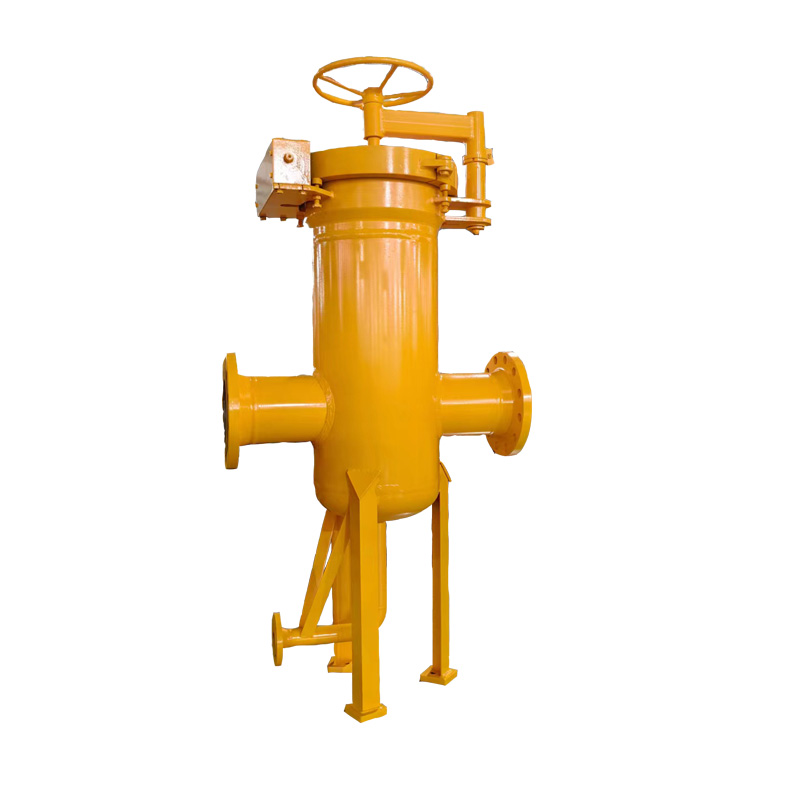
Nov . 12, 2024 04:06
Back to list
gas pressure reducer
Understanding Gas Pressure Reducers Essential Components in Gas Systems
Gas pressure reducers play a critical role in various applications where gas needs to be utilized safely and efficiently. These devices are instrumental in controlling and stabilizing the pressure of gases, ensuring that systems operate within safe and effective parameters. This article delves into the importance of gas pressure reducers, their types, functionalities, and applications across different industries.
What is a Gas Pressure Reducer?
A gas pressure reducer, often referred to as a pressure regulator, is a mechanical device designed to reduce the pressure of gas from a high-pressure source to a lower, usable pressure. These devices are essential in scenarios where gas is stored under high pressure, such as in gas cylinders, pipelines, or storage tanks. By regulating the pressure, these reducers ensure that gas is delivered at a safe and manageable level suitable for end-user equipment.
How Do Gas Pressure Reducers Work?
Gas pressure reducers operate on a relatively simple principle. When gas is released from a high-pressure source, it passes through the reducer, where a diaphragm or bellows mechanism adjusts the flow based on the downstream pressure. The reducer continually monitors the output pressure and automatically adjusts the flow of gas to maintain it at the desired level. This feedback mechanism is crucial for stable operation, preventing pressure fluctuations that could potentially harm equipment or pose safety risks.
Types of Gas Pressure Reducers
There are various types of gas pressure reducers, each designed for specific applications and environments
. The most common types include1. Single-Stage Regulators These are designed for applications where the inlet pressure is relatively stable and only needs to be reduced to a specific level. They are simple, cost-effective, and widely used in many gas distribution systems.
2. Two-Stage Regulators In scenarios where the inlet pressure varies significantly, two-stage regulators provide better regulation. They first reduce the pressure in a primary stage and then fine-tune it in the secondary stage, delivering a constant outlet pressure despite fluctuations in the inlet pressure.
gas pressure reducer

3. Integral Regulators These regulators are integrated directly into the gas service equipment, allowing for a compact design while ensuring effective pressure regulation.
4. High-Pressure Regulators Designed to handle high-pressure applications, these regulators are built to withstand greater forces and maintain stable output pressure under challenging conditions.
Applications of Gas Pressure Reducers
Gas pressure reducers are utilized across a spectrum of industries, each with specific requirements
- Healthcare In medical gas supply systems, pressure reducers ensure that gases such as oxygen and nitrous oxide are delivered at safe pressures for patient care.
- Manufacturing Many industrial processes require the use of gases like nitrogen, argon, and acetylene at controlled pressures. Regulators ensure that the operating conditions are optimal for processes such as welding, cutting, and fabrication.
- Energy In natural gas distribution, pressure regulators maintain safe pressures in pipelines, ensuring the gas reaches households and businesses without exceeding safe limits.
- Food and Beverage Carbon dioxide and other gases used in food preservation and carbonation require strict pressure controls. Pressure reducers enable consistent quality and safety in these applications.
Conclusion
Gas pressure reducers are vital components in many gas-utilizing systems, promoting safety, efficiency, and reliability. Understanding their types and functionalities helps industries select the appropriate regulators for their specific needs. As technology advances, gas pressure reducers continue to evolve, incorporating features that enhance their performance and adaptability in an ever-changing landscape of gas applications. Whether in a healthcare setting or an industrial facility, these devices ensure that gas is delivered safely and effectively, making them indispensable tools in modern society.
Next:
Latest news
-
Safety Valve Spring-Loaded Design Overpressure ProtectionNewsJul.25,2025
-
Precision Voltage Regulator AC5 Accuracy Grade PerformanceNewsJul.25,2025
-
Natural Gas Pressure Regulating Skid Industrial Pipeline ApplicationsNewsJul.25,2025
-
Natural Gas Filter Stainless Steel Mesh Element DesignNewsJul.25,2025
-
Gas Pressure Regulator Valve Direct-Acting Spring-Loaded DesignNewsJul.25,2025
-
Decompression Equipment Multi-Stage Heat Exchange System DesignNewsJul.25,2025

